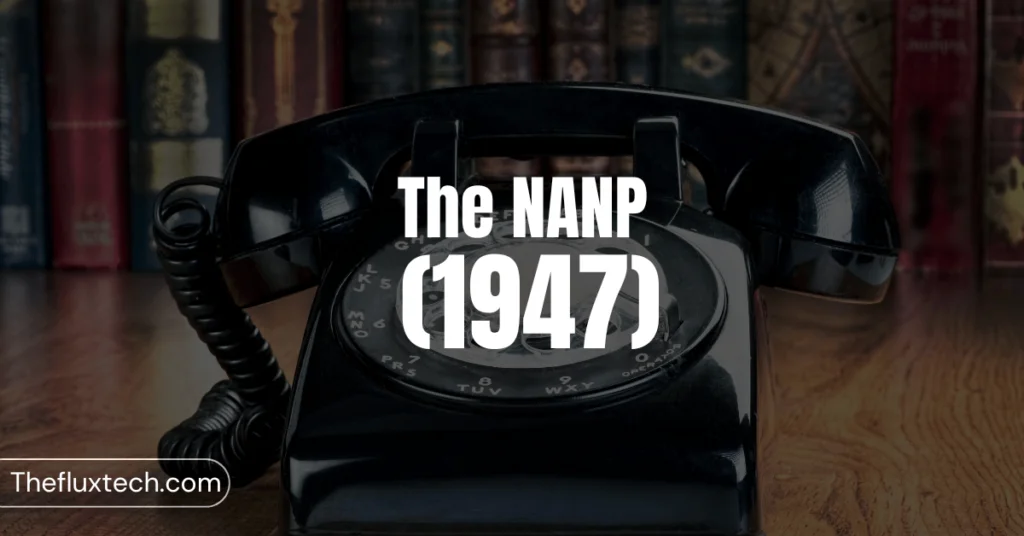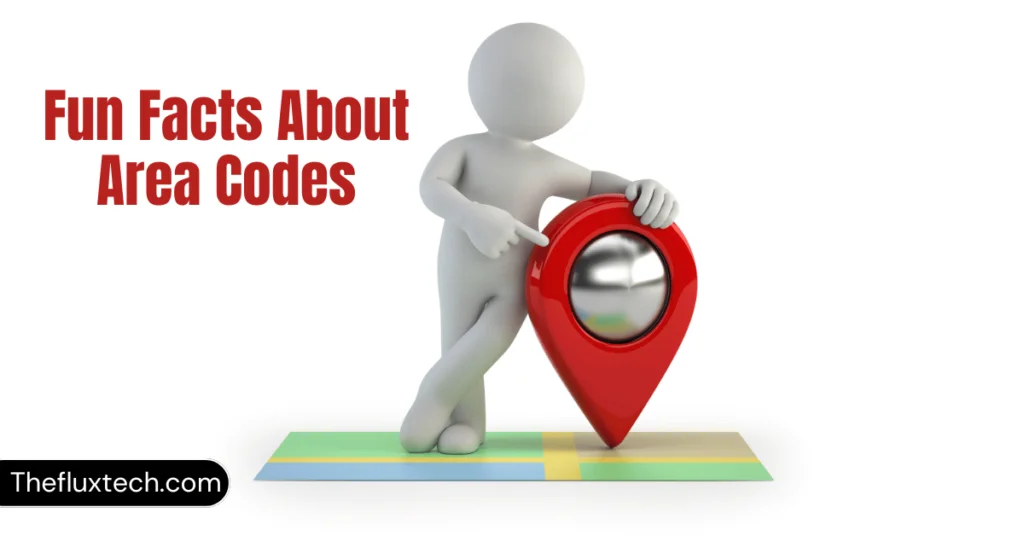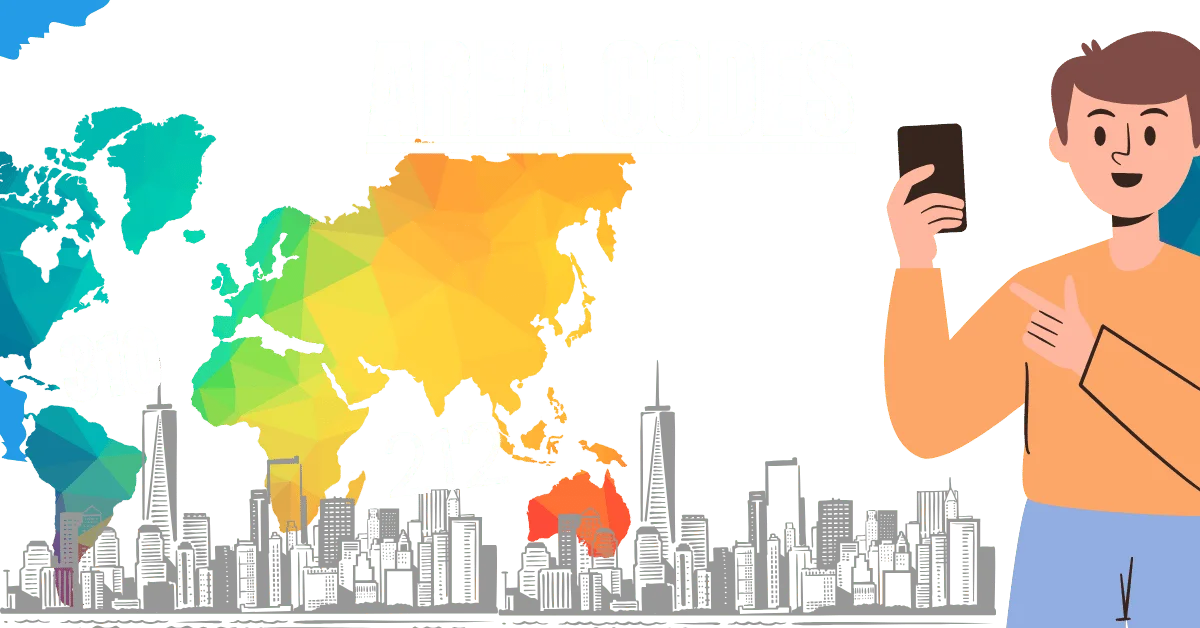Area codes are a fundamental part of modern telecommunication, helping to organize phone networks geographically. From their origin as a practical solution to an expanding communication system to their current role in defining regional identities, area codes have evolved alongside technology and culture.
This article explores the history, significance, and practical uses of area codes in today’s interconnected world.
What Are Area Codes?
An area code is a three-digit number that precedes a telephone number to designate a specific geographic region or service zone. It is part of the North American Numbering Plan (NANP), which governs telephone numbering in the United States, Canada, and several Caribbean nations.
For example, the area code 212 is associated with Manhattan, New York City, while 310 covers parts of Los Angeles, California.
The History of Area Codes
Before area codes, local operators manually connected calls. As the number of telephone users grew, this method became impractical.
Introduction of the NANP (1947)

Area codes were introduced to streamline long-distance dialing. The Bell System developed the NANP, assigning codes to regions based on population density and demand.
Lower-numbered area codes were given to larger cities (e.g., 212 for New York, 213 for Los Angeles).
Rural areas were assigned higher numbers.
Technological Advances
The rotary dial influenced early area code assignments. Numbers requiring fewer clicks, like 0 or 1, were assigned to high-traffic areas for convenience.
Modern Changes
Over time, the rise in population, mobile phones, and businesses created a demand for more area codes, leading to overlays and splits.
How Area Codes Are Assigned
Area codes are systematically assigned based on geographic regions to efficiently organize telecommunication networks. However, their distribution has significantly evolved over time to accommodate growing demands and changing technologies.
1- Geographic Splits
As population and telephone usage increase in a region, a single area code may become insufficient. To resolve this, the area is divided, or “split,” into multiple codes. For instance, California’s 818 area code was split to create the 747 code, ensuring enough numbers were available for users in the expanding region.
2- Overlays
In some cases, instead of splitting a region, new area codes are added on top of existing ones. This process, known as an overlay, allows both the new and old area codes to coexist within the same geographic area. For example, in California, area code 424 was added as an overlay to 310 to manage the high demand for numbers in the same region. Importantly, overlays don’t require changing existing phone numbers, making them a less disruptive solution.
3- Special Codes
Some area codes are reserved for specific purposes beyond geographic regions. Examples include:
800, 888, and similar codes for toll-free services, often used by businesses.
911, universally recognized as the emergency services number.
4- Why Are Area Codes Important?
Area codes serve more than just technical purposes; they play an essential role in communication systems and even in culture and business strategies.
5- Routing Calls
Area codes are integral to ensuring that calls reach the correct destination, whether within the same city or across the country.
6- Regional Identity
Certain area codes carry cultural or regional significance. For example, the 212 code, associated with Manhattan, and 415, representing San Francisco, have become symbols of local pride and identity.
7- Scalability
As populations and devices grow, new area codes are introduced to maintain the functionality of telecommunication networks. These codes ensure there are enough numbers to meet the increasing demand.
8- Business and Marketing
Businesses strategically use area codes to build trust with local customers or to appear regionally relevant. Toll-free numbers, such as those with 800 or 888 prefixes, help companies attract customers nationwide by removing long-distance call charges.
Challenges and Emerging Trends

The growing use of mobile devices, internet-based communication systems like VoIP, and other technologies have introduced both challenges and trends in how area codes function today.
1- Exhaustion of Codes
The rapid increase in communication devices means many area codes are reaching their capacity. To address this, regulatory bodies like the Federal Communications Commission (FCC) continuously introduce overlays and other measures to meet the demand.
2- Scams and Fraud
Fraudsters often exploit area codes to deceive people. For example, scammers may use international area codes that resemble domestic ones to trick individuals into answering calls or calling back, leading to potential financial loss.
3- Virtual Numbers
Advances in technology now allow individuals and businesses to choose area codes that do not correspond to their actual location. This flexibility is especially popular in remote work setups or for businesses wanting to project a local presence in specific regions.
Fun Facts About Area Codes

Area codes might seem purely functional, but they have some fascinating quirks and historical tidbits worth exploring:
Original Design
When area codes were first introduced, specific rules were put in place to prevent confusion. For example, numbers with a 0 or 1 in the middle were excluded. This ensured they wouldn’t be mistaken for existing long-distance prefixes or other codes, maintaining clarity in the system.
Smallest Geographic Coverage
The 212 area code, assigned to Manhattan, New York City, represents one of the smallest regions in terms of land area. Despite its tiny size, it remains one of the most iconic and sought-after area codes due to Manhattan’s cultural and economic significance.
Iconic Codes in Pop Culture
Some area codes have gained fame far beyond their geographic associations. For instance:
- 310, representing parts of Los Angeles, frequently appears in movies, TV shows, and music, cementing its status in pop culture.
- Codes like 212 and 415 (San Francisco) also carry an allure tied to the prestige and vibrancy of their regions.
Conclusion
Area codes are more than just numbers; they are a critical part of the telecommunication infrastructure, reflecting both practical functionality and cultural significance. As technology continues to evolve, area codes will adapt, ensuring that people and businesses remain seamlessly connected.
Also Read: CVS Insurance: Everything You Need to Know





One thought on “Understanding Area Codes: History, Purpose, and Modern Use”